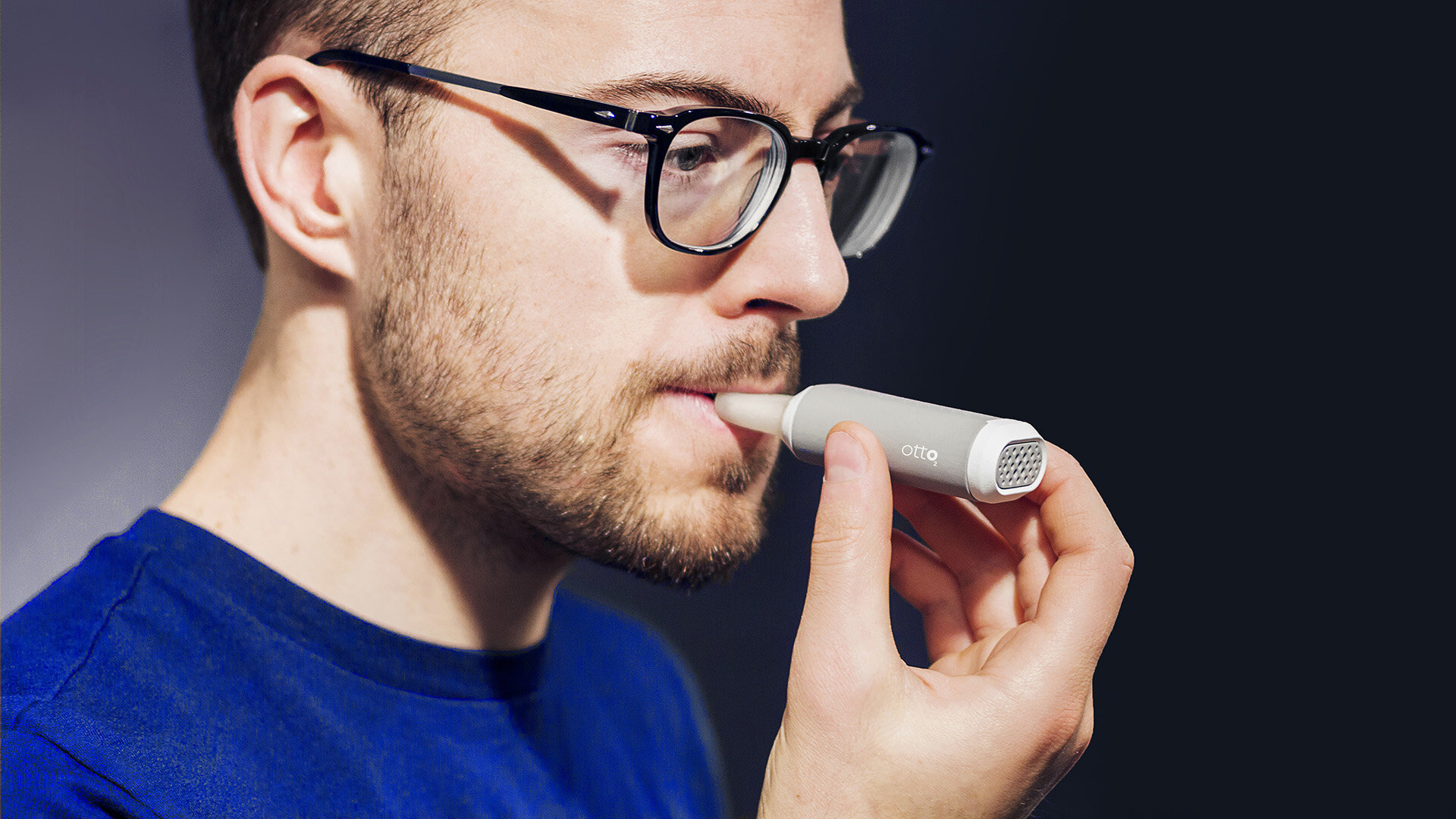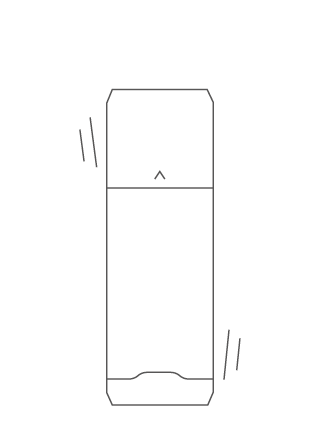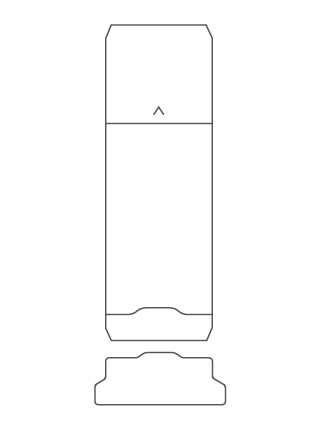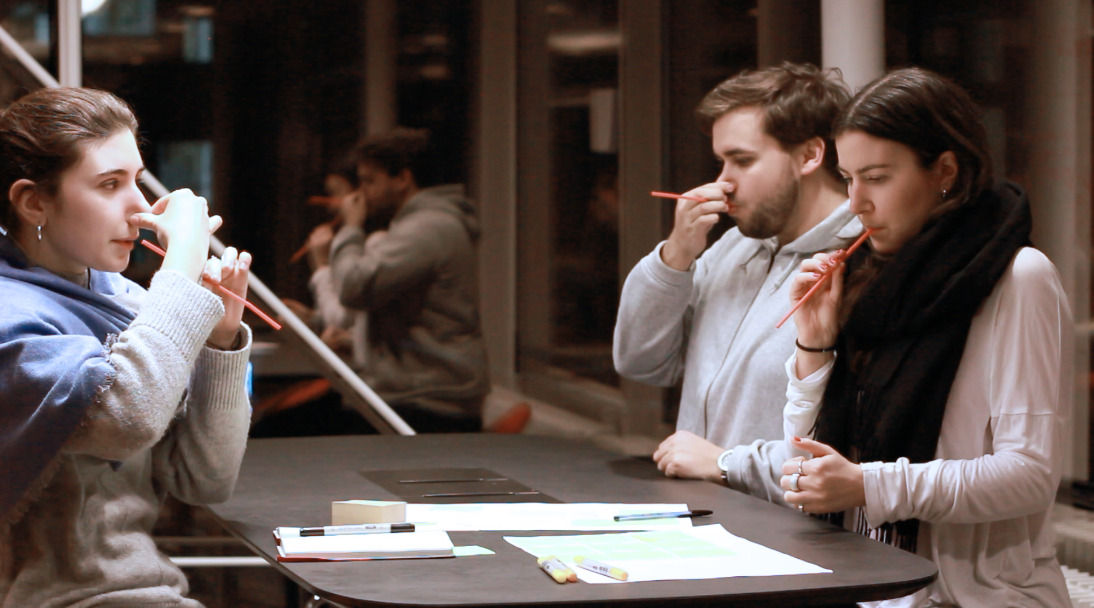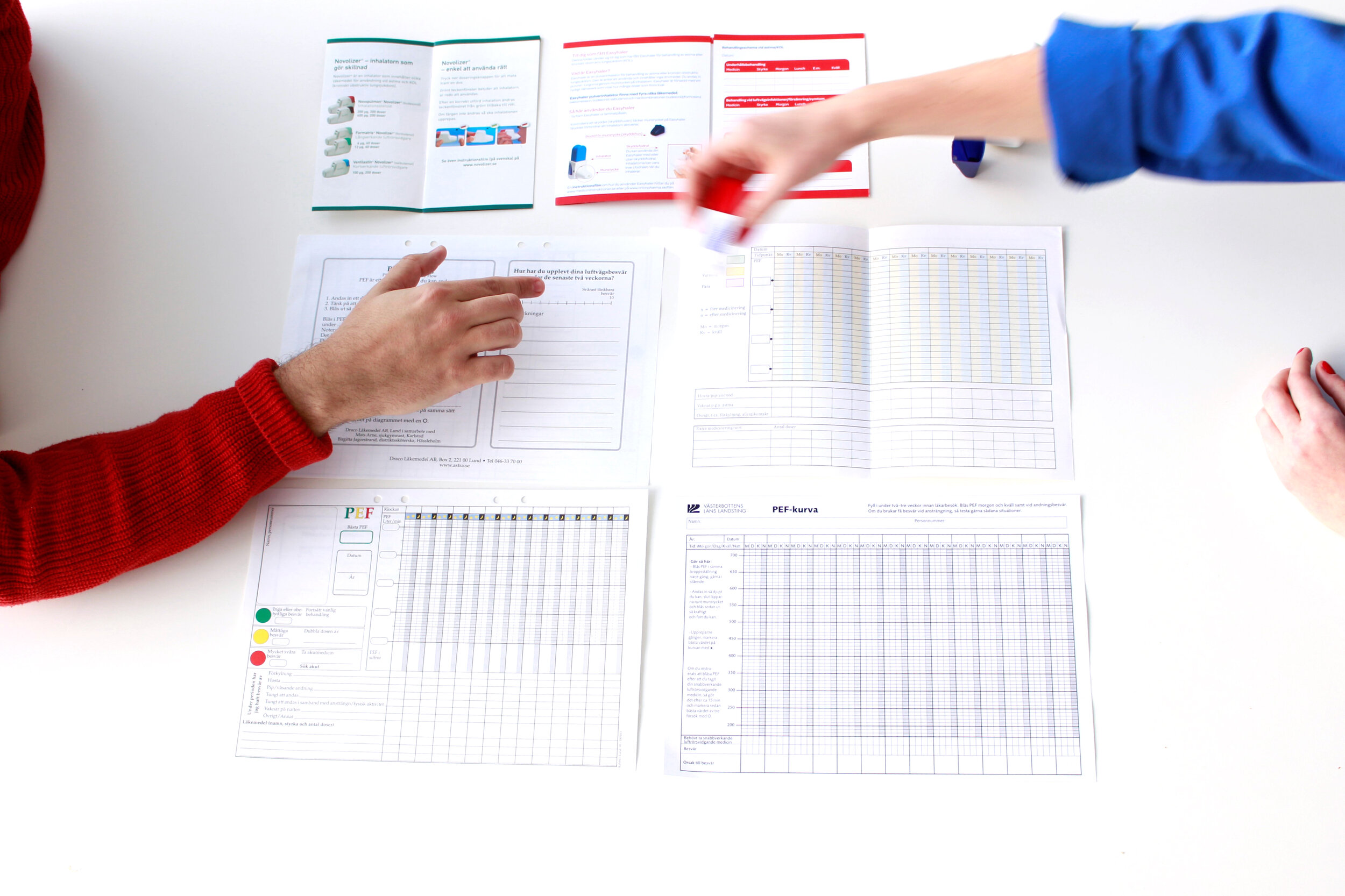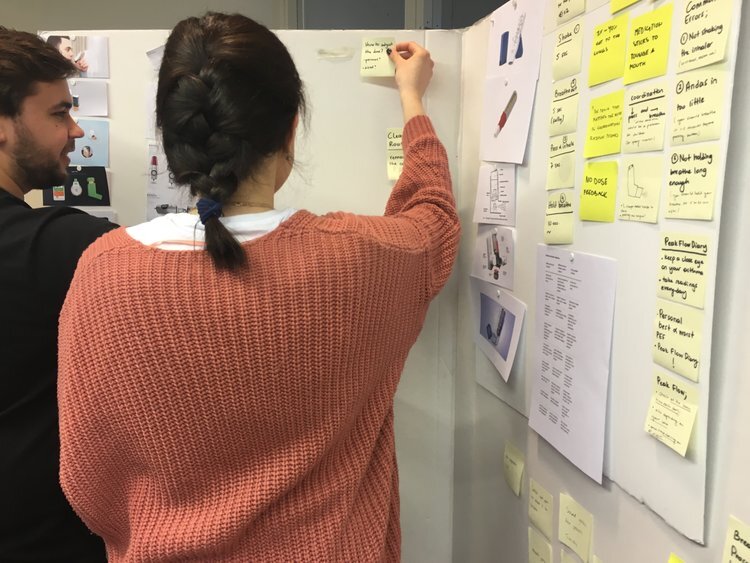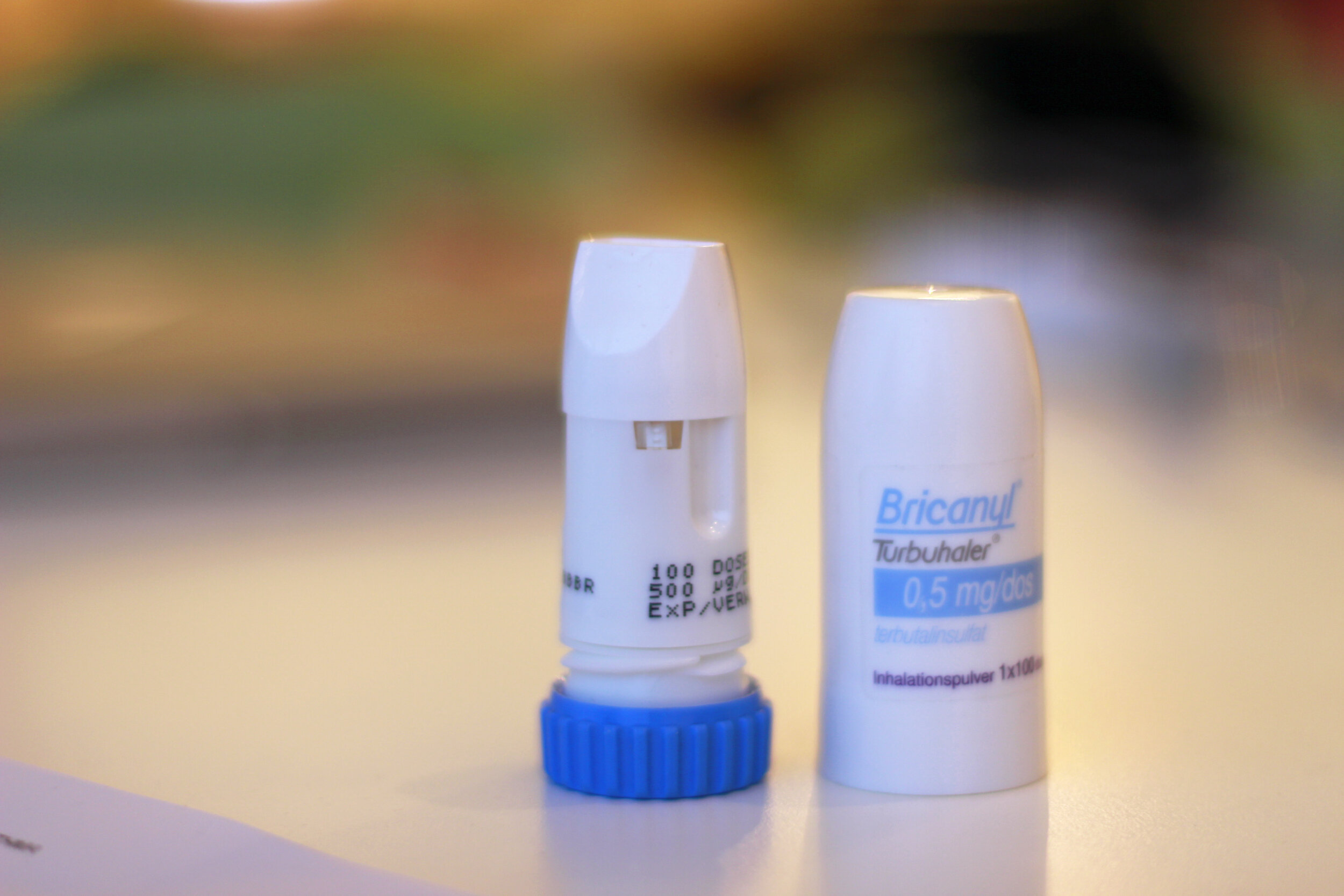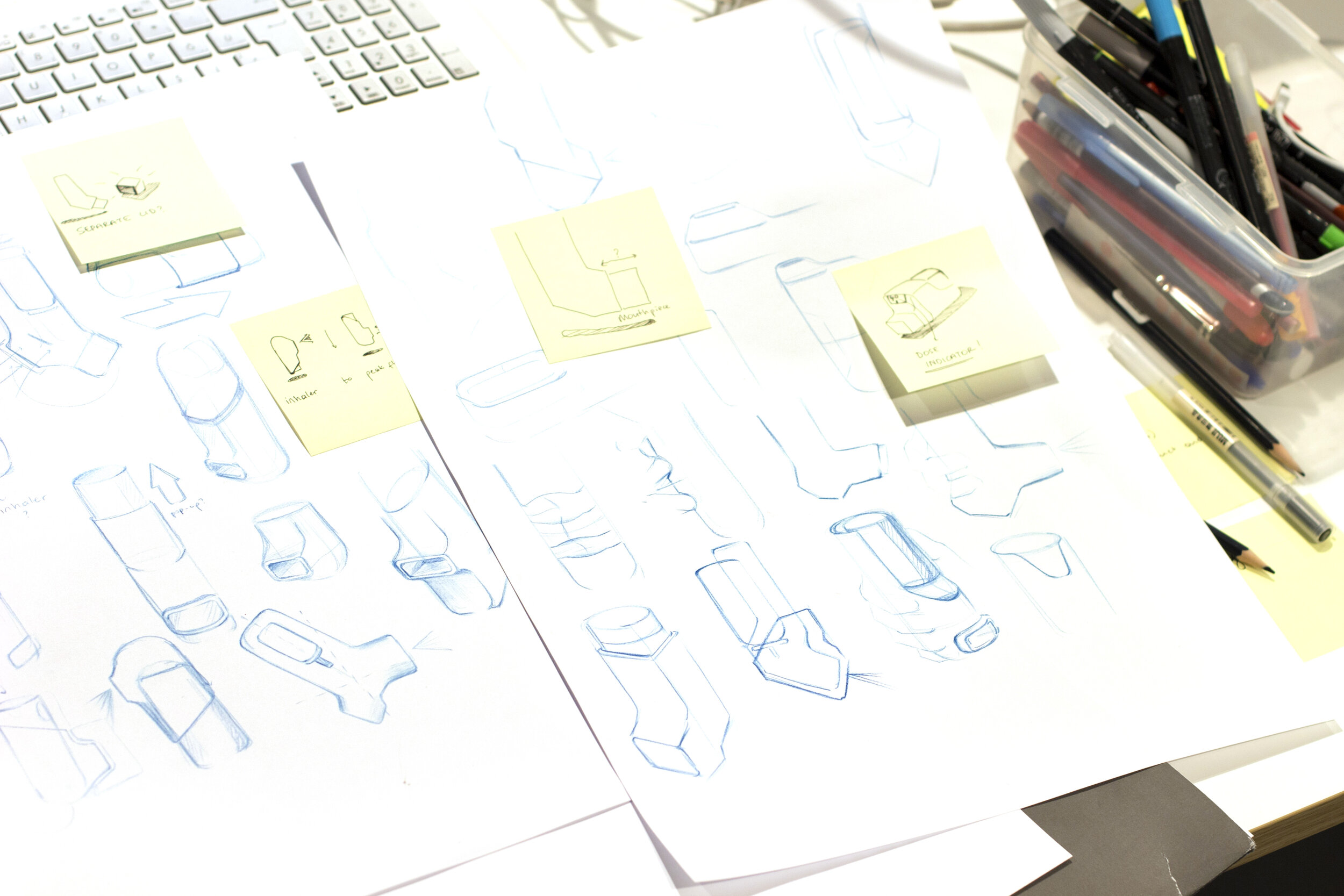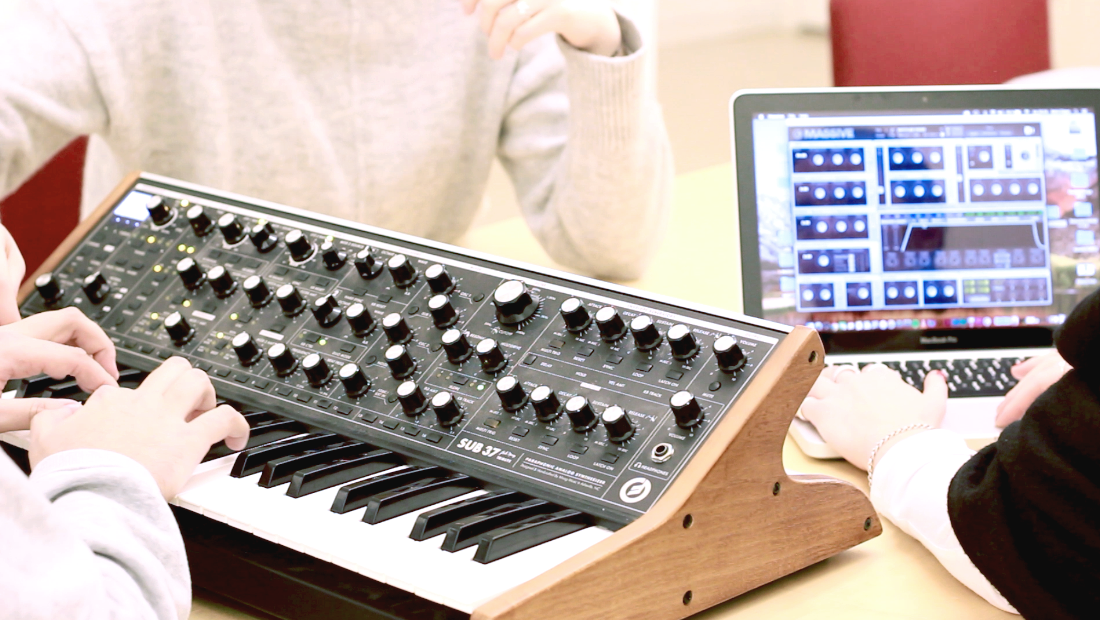Future of asthma management
Time
10 days, 2018
Umeå Institute of Design
Team
Gabriel Uggla
Selvi Olgac
Birnur Sahin
Recognition
iF Design Talent Award 2018
BraunPrize 2018
De Ingenieur April 2019 issue
IxDA Interaction Award 2020
World Design Organization
CHALLENGE
A complex daily process
For many asthmatics the daily routines of asthma management can be a complex process entailing monitoring the condition, logging results and inhaling the medicine in the right way. 235 million people have asthma worldwide and 250,000 people die annually from the disease. The measuring of one’s condition and tracking in the long term, is crucial to learn their own triggers. With several products and routines, living with asthma can be a constant daily challenge.
Medicate
Asthma medication is taken by using an inhaler. Type of the medicine could change from patient to patient depending on their needs.
Test
To monitor your condition, an analog device called peak flow meter is used. It measures a person’s lung capacity and medicine dose is adjusted twice a year after these measurements.
Document
Patients with serious asthma problems have their own peak flow meter and regularly write down the results in a paper diary to track their condition.
“It is difficult to know for how long you must
inhale and for how long you need to hold your breath.
You don’t know if you’re doing it right.“
- Asthmatic
Rethinking the asthma experience
Increasing dose
adjustment frequency
Today the user must visit a doctor to adjust their medication. Over- and under-medication is common due to the fixed medicine dosage and the uncertainty if you inhaled correctly.
Facilitating
medicine process
70-90% are using their asthma inhaler in the wrong way; shaking the inhaler, timing spray with inhalation, and making sure the medicine stays in your lungs are all crucial, but often done incorrectly.
Improving
product feedback
How much medicine do I need today? Did I inhale correctly? Is my condition improving?These are important user requests that are currently not met.
OUTCOME
Otto
Otto merges monitoring, logging and medication into one product experience with the aim of facilitating the daily life of an asthmatic. The product helps the user to track their personal breathing curve and to adjust the dosage depending on the current situation. By using sound and light feedback, Otto is guiding the user through the whole process.
A 30 second user flow with light and sound as guidance
Shake.
Shake Otto to activate it and in order to simultaneously mix the medicine.
Exhale.
Exhale through the mouthpiece to take a peak flow measurement. The dose of medicine is adjusted based on the result.
Inhale.
Inhale the dose. Lights indicate time for inhalation and holding breath. A confirmation sound informs you when the process is terminated.
Log & charge.
Measurement data is logged into the back-end of the product and sent into the personal digital medical journal when Otto is charged.
Activate Otto
An alert wake up sound confirms
that Otto is ready to use.
Peak flow reached after exhalation
An increasing confirmation sound indicates when the peak flow meter test is completed.
Inhalation completed
A chord sound confirms the
process completed.
Connected to charger
Two tones sound when
charging has started.
Medicine delivery
By utilizing a new type of medicine delivery that is activated by inhalation (rather than pressing a button), we removed the step of having to time the spray-release with inhalation, a step still necessary in the asthma medicine management of today.
Two membranes
Using two membranes directed in opposite directions we could use the same mouthpiece for both measuring exhalation values, as well as inhaling the asthma medicine.
Re-usable
Otto can be re-useable as the mouthpiece can be separated and cleaned, and in addition the medicine canister can be changed when opening the lower part.
No buttons. No app. No screen. Just breathe.
APPROACH
Using sounds and lights as guidance
This project of short duration was an interdisciplinary collaboration between product and interaction designers. The goal of the project was to design a product or service with a strong focus on sound design, in our case related to asthma management.
Meeting both users & experts
Through interviews we learned more about the usage and function of different inhalers, what the users find as the biggest challenges in their daily routines and how asthma affects their emotional and physical well-being.
To be able to understand the challenges and wishes from an expert’s point of view, we visited the local health care centre. Together with the expert we tried out and discussed the existing products and learnt more about what makes a product functional or not.
Exploring concepts
With our knowledge from the research process and interviews we started to brainstorm and map out our findings, looking for crucial aspects to include in our device. We looked into existing products on the market today to be able to analyze details and functions of both the peak flow meter and the inhalers. Through different sketches we explored ways of making the product more portable.
A seamless user flow
To create a holistic picture of the user flow, a flow chart was structured with the aim to understand each step in the guiding process. The intention was to provide a seamless transfer in between each step for the user.
Creating the sounds
We produced our own sounds with a synthesizer to match the form expression of the product. Our wish was to create sounds that felt precise and uplifting, yet subtle. All sounds were supposed to stay within a coherent sound family and reinforce the identity of the product.
Feedback with lights
To test how the lights work together with the sounds, different versions of light feedback were animated. Both sounds and lights were merged into the animations to provide increased understanding of the development of the final product.




